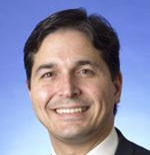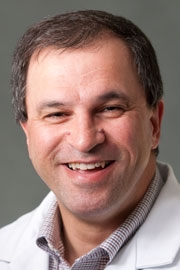Congratulations to the winners of the 2015 Take Two for Your Thesis Video Competition! These videos are fantastic examples of the scholarly and creative work that UConn Honors students complete all across campus.
FIRST PRIZE: Elizabeth Rider (English), “Institutionalized Female Madness in American Literature from 1950-1999”
Thesis supervisor: Regina Barreca
What’s one piece of advice you have for future Honors seniors?
Make sure you set hard deadlines for yourself to complete your thesis throughout the semester; this will allow you time to really pay homage to the writing process and revise, revise, revise.
SECOND PRIZE: Roshni Patel (MCB), “Calcium-Sensing Receptor (CaSR) +986 G>T Associates with Habitual Physical Activity Levels and Muscle Size and Strength Response to Resistance Training Among Healthy Adults”
Thesis supervisor: Linda Pescatello
What’s one piece of advice you have for future Honors seniors?
Don’t rush to commit to something you may not like, take the time to investigate different fields and try new experiences to discover what you are truly passionate about!
https://www.youtube.com/watch?v=2PRnSXNk9_g&feature=youtu.be
THIRD PRIZE: Julianne Norton (Individualized: International Relations), “The Red Heifer: A Graphic Novel on Holocaust Postmemory”
Thesis supervisor: Francoise Dussart
Video credit: Cristobal Ortega
What’s one piece of advice you have for future Honors seniors?
Explore all the opportunities at UConn! If you haven’t yet applied for funding for your project, then you should definitely go learn more about the Office of Undergraduate Research.






